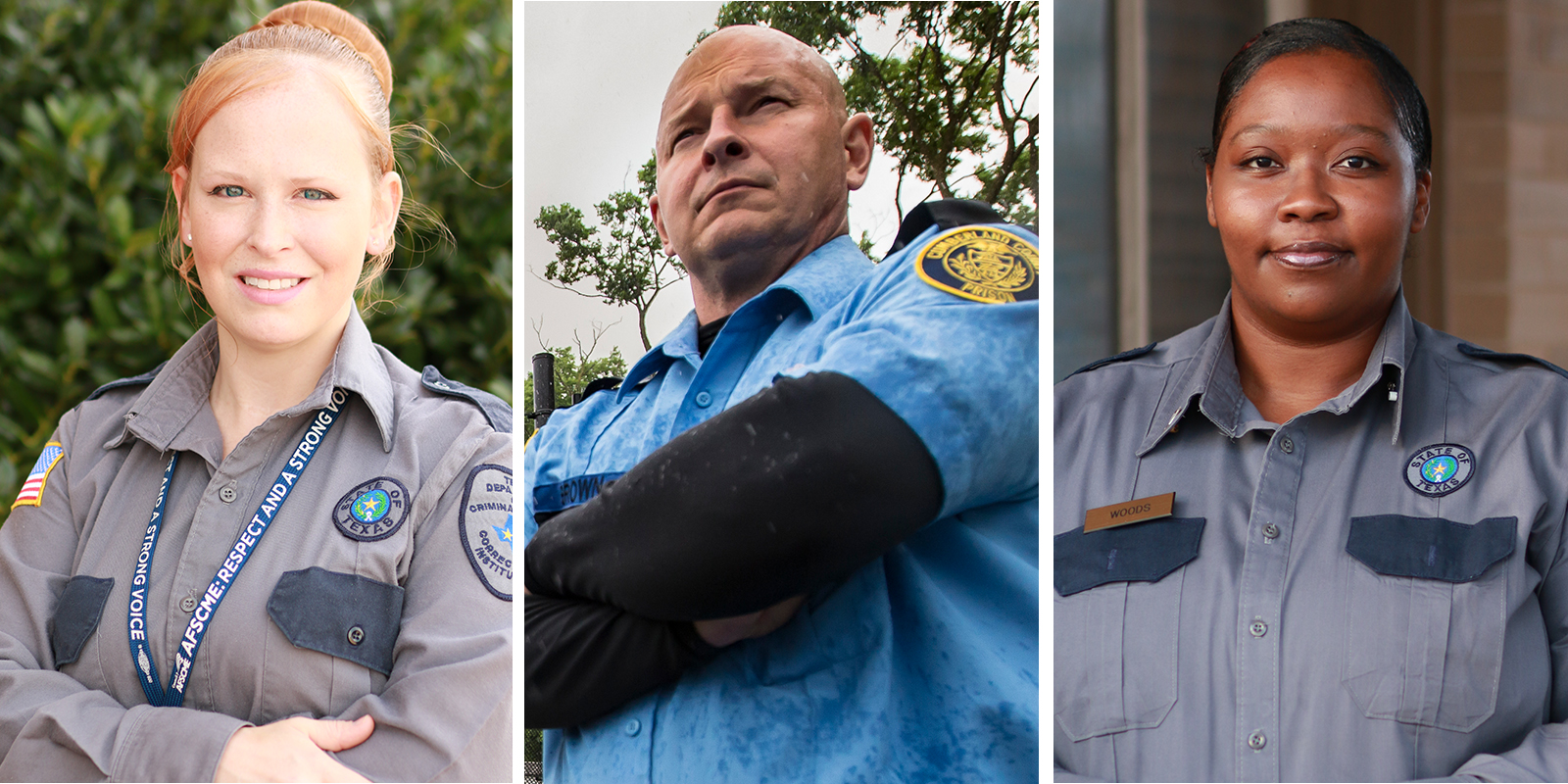To corrections officers and employees of the James T. Vaughn Correctional Center in Delaware – and especially the family of Sgt. Steven Floyd Sr. – Feb. 1 did not have to become a day they would never forget.
That morning, Floyd reported an inmate-on-inmate fight, but as soon as he did so, the inmates stopped fighting and threw the corrections officer into a closet. The fight had been staged. Soon, several other corrections employees were taken hostage by the inmates, who began a standoff with authorities that lasted 18 hours.
Ultimately, a response team forced its way inside Building C, where Floyd and a female counselor – a beloved member of AFSCME Council 81 – were being held. The female counselor was unharmed, but Floyd was found unresponsive and later pronounced dead of homicide by trauma. He was 47 years old.
This week is National Correctional Officers and Employees Week, a time to honor the service, commitment and sacrifice of those workers who keep us and our communities safe. But in community after community, prisons are understaffed and the corrections employees are overwhelmed. Understaffing is directly attributable to tragic situations like the one in Delaware.
Last month, Floyd’s widow and five other prison employees filed a federal lawsuit against state officials. The lawsuit claims that Delaware officials put money before safety and understaffed the prison for many years. It says the Feb. 1 standoff was the direct result of understaffing – a chronic problem that Delaware corrections officers had brought to the attention of authorities.
Understaffing is also a perennial problem in New Mexico, where officer vacancies range from 29 percent to 70 percent. In Iowa two corrections officers were assaulted in August at the Clarinda Correctional Facility, also the direct result of chronic understaffing. In state and local facilities across the country, understaffing is putting officers at risk.
Elected officials don’t seem to grasp the urgency of the problem. Maryland Gov. Larry Hogan, to take one example, proposed budget cuts this year that eliminate 400 open positions at the Maryland Correctional Institute in Hagerstown, even as officers at the facility are forced to work overtime because of the vacancies. Officers who are members of AFSCME Council 3 say they often work 16-hour shifts that exhaust them and end up endangering staff and inmates.
AFSCME represents 85,000 corrections officers and employees throughout the country; they are men and women who don’t think twice about putting their communities’ safety first. But they shouldn’t have to risk their lives unnecessarily or make the ultimate sacrifice.
This week, let’s thank our sisters and brothers who keep us safe every day. And let’s urge our elected officials to do the right thing and provide adequate staffing in our nation’s correctional facilities.
Let’s also express our solidarity to sisters and brothers in other unions who make the same sacrifices and face the same workplace pressures as AFSCME members do.
One such corrections professional who was killed in the line of duty this year Sgt. Meggan Lee Callahan of the North Carolina Department of Public Safety.
In a letter to State Employees Association of North Carolina, SEIU Local 2008, AFSCME Pres. Lee Saunders expressed our union’s shock and sadness.
“All too often, heroes like Sgt. Callahan serve their communities despite huge obstacles and difficult working conditions,” Saunders wrote. “They face dangerous staffing levels and overcrowded prisons, making do with far fewer resources than they need. And for all they do, their service frequently remains unrecognized and under-appreciated.”
